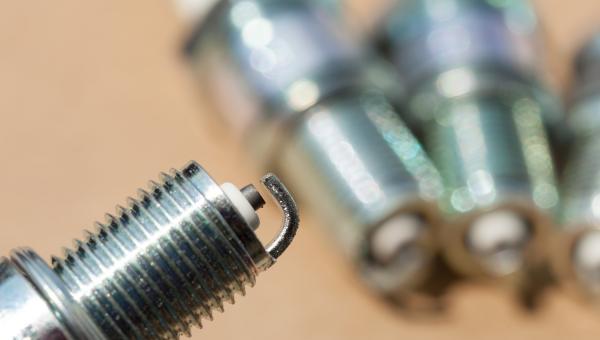Test Drive Notes Library
-
 Pros
Pros
- Looks. The 2020 Explorer’s new, real-wheel-drive platform (also available in AWD), gives the Explorer better proportions. It looks good. And if we’ve learned one thing about American car buying habits in the last three or four decades, it’s that most people buy cars based on how they’ll look in them. So expect to see a bunch of these on the road.
- Handling. Here again, the new platform brings improvements. Given the size and weight of this rig, it corners well. There’s not a lot of body lean, and it makes you feel pretty confident behind the wheel. It’s a big improvement over the 2019 Explorer.
- Good highway cruiser. The highway is where the Explorer excels. It’s quiet and roomy inside. The highway ride is smooth, solid, and hunkered down. There’s plenty of power for passing. Wind noise is low. Tire noise is pretty much absent.
- Spacious. Texans and Abe Lincoln impersonators rejoice! The new Explorer has “keep your hat on" headroom. The second row has two captain's chairs, which makes for a great experience for those who don’t call “front seat” fast enough. The third row . . . exists. Save it for kids. Preferably other people’s kids. With the third row folded down flat, there’s a ton of room in the cargo compartment.
- Good ergonomics. Sync 3 is now fixed. Ford has worked out and corrected all the original annoyances. It’s easy to use and understand. Apple CarPlan and Android Auto make it even easier.
- Standard safety. We’re happy to see that Ford’s Co-Pilot 360 system comes standard in the new Explorer. It includes forward collision warning, low and medium speed automatic emergency braking with pedestrian detection, blind spot warning, rear cross traffic alert, lane keeping assistance, and lane departure warning. If you tack on the optional adaptive cruise control, you get high speed automatic emergency braking, too. We recommend it. If you need that safety feature at 45 mph (and you do!), what makes you think you don’t need it at 65 mph?
- Mileage. While we didn’t see the impressive 27 City/29 Highway that the EPA claims we’d get with the rear wheel drive hybrid Explorer, we hit the low 20s overall. And for a beast the size and weight of the Explorer, that’s not too bad. With a six-cylinder, 3.3 liter engine, plus an electric motor, the Explorer has plenty of power. We’d guess the hybrid adds a good 3–4 mpg to the non-hybrid, 6-cylinder Explorer. If that pans out, that’s a 20% improvement.
-
 Cons
Cons
- Low speed lack of refinement. We found the Explorer difficult to drive really smoothly at city speeds. The acceleration felt a little jumpy. The transmission's shifts were less smooth at low speeds than at higher speeds. The hybrid system’s switching between electric and gas is not at the Toyota level of smoothness. And the brakes could be a bit grabby. We had to work to give our passengers a smooth ride around town.
- Size. The Explorer is called mid size, but only in comparison to a school bus. If you live in an urban area, you’ll need to pass over some parking spaces that aren’t quite big enough. You’ll need to make wide arcs in your shopping center parking lot. You’ll need that rear-view camera to know where the stern is located. To us, the Explorer feels more full size than mid size. You get plenty of room inside, but make sure you’re comfortable maneuvering a large SUV before buying.
- Lots of good competition. The Kia Telluride is pretty damn nice, has a smoother drivetrain, a nicer interior, and is a little less expensive.
Test Drive Notes Library
Get the Car Talk Newsletter
 Pros
Pros Cons
Cons


